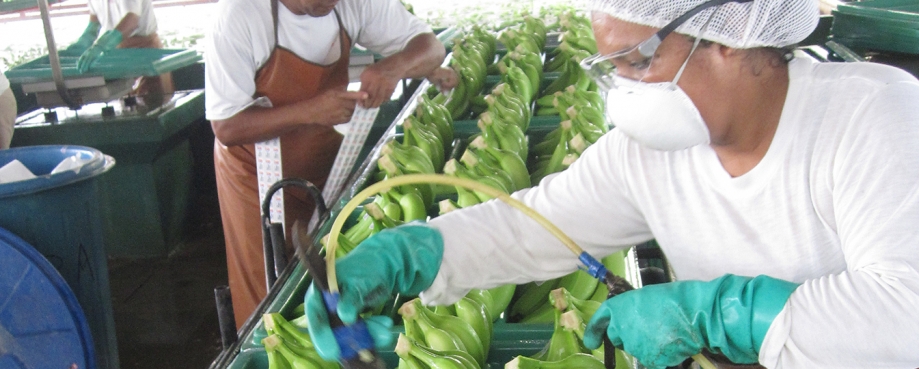
In this guest blog, Candida Barbato argues that a new, post-Covid paradigm for food production must focus on the wellbeing of workers.
Nobody has a crystal ball when it comes to predict how the world will look like after the COVID-19 outbreak.
Whilst currently individual countries are facing the emergency at different speed, timescale and with different impacts, there is emerging evidence that the most likely global scenario is a long lingering of reduced impact outbreaks until a vaccine is found in 12-18 months. Even when a vaccine is found, it will take some time to ensure its efficacy in neutralising the virus, even partially.
The infectious disease epidemiologist and modeller Stephen Kistler predicts that while the virus will find it increasingly difficult to spread explosively, either because of an accumulation of herd immunity or the arrival of a vaccine, it is unlikely to disappear entirely, and could continue to simmer around the world, triggering epidemics, albeit less severe ones and leading to less social upheaval, every few years or so. He also anticipates that any vaccine may need to be updated as the virus changes, with people needing to get revaccinated on a regular basis, as they currently do for the flu. It is likely, therefore, that the world will have to face the reality of recurrent public health scares, albeit with lower impact, for the foreseeable future.
In this context, those food supply chains relying upon the work of small growers, and vulnerable labour, are at particular risk of disruption. Many produce farms across the world, unable to offer working conditions comparable to the ones of other sectors, are already badly affected by labour shortages in normal times; due to COVID-19 movement restrictions and workers unwillingness to expose themselves to health risks, farms are struggling like never before to recruit enough workers. New social distancing protocols are in the process of being introduced on and off sites to ensure infection risks for workers are minimised. In high labour-intensive production cycles, however, these norms are likely to reduce productivity and will not eliminate completely the risk of infection. Additional labour shortages, are to be predicted due to workers having to self-isolate or falling sick. And since a proportion, sometimes large, of agriculture workers in some countries lack adequate social protection, it is not difficult to imagine the impact that this situation might have on workers’ health and wellbeing. This scenario is also likely to result in additional costs and loss of products for farmers, many of whom, especially small ones, have already been affected by decreasing margins for many years.
In these challenging circumstances, there is no doubt that the continuity of fresh food production across the globe will depend like never before on new forms of resilience based upon growers’ tireless ingenuity and willingness to stay in business as well as their workers loyalty and motivation to do the best job they can. Perhaps, even more to the point, farm production under this new scenario will, even more than today, heavily depend upon active workers engagement to ensure effective risk management and continuous improvement to processes and protocols.
In countries with weak controls and significant presence of illegal immigrants like those in Southern Europe, there is the real risk that this renewed crises, will turn some farmers to illegal immigrants, with subsequent additional risk for both workers and employers. However farming communities, local and international supply chains actors and governments across the globe have the opportunity to make a more sustainable, well overdue choice and work together to forge a new, strengthened social pact, to ensure from one side farm workers get adequate working and living conditions and, from the other side, farmers can rely on stable prices and legal, transparent access to the labour they need to secure continuity of supply whilst ensuring livelihood for themselves.
It is without any doubt that more action towards a truly resilient food production system will depend upon multi-layered strategies including encouraging more local production and embedding farming practises that work in harmony with the environment. It is also true that the quality of most seasonal agriculture jobs is unlikely to ever be able to compete with the quality of jobs in sectors offering all year-round employment. It is also likely that better working conditions for farm workers and stable prices for growers will translate in higher food prices to consumers. However, the world food consumption will continue to rely upon global supply chains to satisfy demands for the foreseeable future and in a continued public health crises situation like the one that supply chains are likely to face in the next few years, the starting of a new paradigm must begin on focusing on the wellbeing of those who are at the centre of it.
